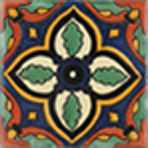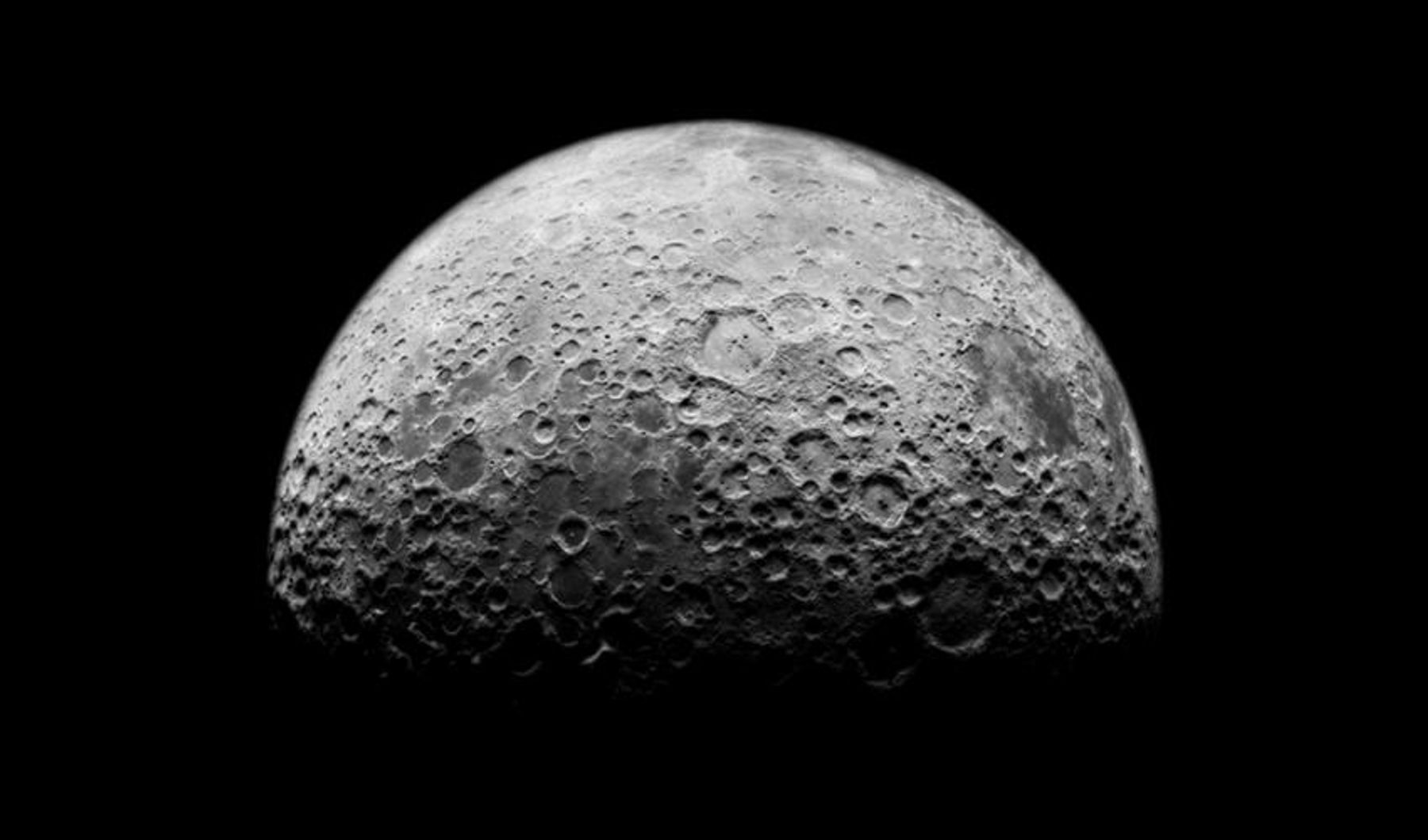The Observable Universe: Visualizing the Cosmos in Art

By definition, the observable universe comprises all matter that can be seen or captured with current technologies. As vast and all-encompassing as that may seem, it still presumes a specific perspective from which all else is viewed and conceptualized—one afforded by the particular viewpoint of being on earth. Our unbridgeable physical distance from other cosmic entities, including the infinite reaches of other galaxies, has forced artists to look to observational sciences like astronomy for inspiration and employ experimental methods to conceptualize the vastness of outer space. In astronomy, there are multiple methods used to visualize celestial objects. Similarly, artists’ perceptions of the universe vary widely, inspired by a variety of cosmological models. Drawing primarily from SBMA’s permanent collection and supplemented by loans from area collections, "The Observable Universe" explores a diverse range of artistic representations of the cosmos roughly coinciding with the ‘Space Age’ of the last sixty years. From early fascinations with space travel to philosophical questions of humankind’s place within the larger universe, the artwork featured in this exhibition reflects an enduring captivation with outer space and the mesmerizing imagery that the limitless cosmos inspires. Image: Michael Light, "Southern Lunar Hemisphere, Homebound, Photographed by Alfred Worden, Apollo 15, July 26-August 7, 1971" (detail), 1999, printed 2003. Chromogenic print, ed. 18/25. SBMA, Museum purchase with funds provided by PhotoFutures.
Location
Santa Barbara Museum of Art
1130 State St
Date and Time for this Past Event
- Sunday, Sep 29, 2019 Tuesday-Sunday 11 am – 5 pm, Free Thursday Evening 5 – 8 pm


